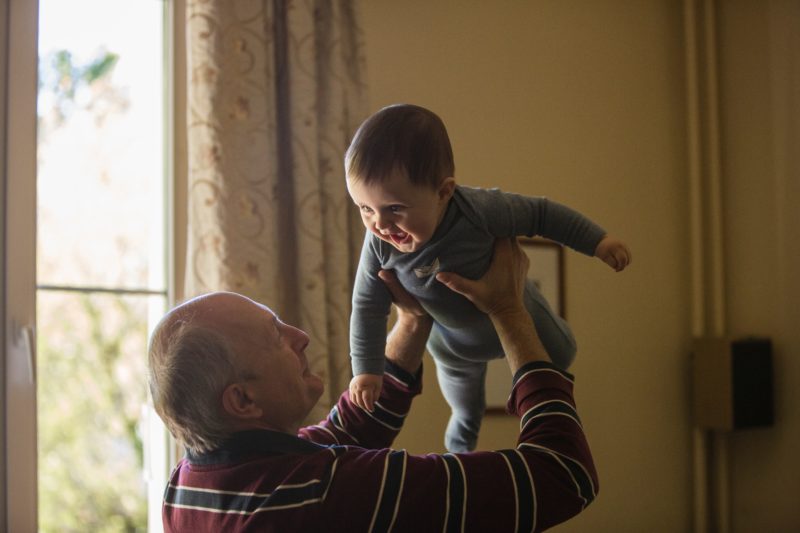Coordination is needed for activities we perform every day. It is the driving factor in how we perform smooth, controlled, and efficient movements.
We can break down coordination into four main categories:
- fine motor skills,
- gross motor skills,
- hand-eye coordination, and
- foot-eye coordination.
Let’s look at each of these in more detail.
Fine motor skills refer to our ability to perform small movements. For example, cutting up food.
Gross motor skills refer to activities that involve the large muscles in the arms, legs and torso. Examples of gross motor skills are walking, running and swimming.
Hand-eye coordination refers to the relationship between the eyes, as they process the movement of an object, and the hands, as they respond to that input with an intended response. For example, catching a tennis ball as it bounces before a serve.
This is similar to foot-eye coordination, although the moving body part is the feet instead of the hands, as in kicking a soccer ball.
Impairment of coordination
Impairment of coordination is known as ataxia. Conditions that impact part of the brain (known as the cerebellum), the spinal cord or our nerves may result in ataxia.
Examples include traumatic brain or spinal cord injuries, stroke, alcoholism, infections, Multiple Sclerosis, Parkinson’s Disease, Cerebral Palsy, and various neuropathies.
Simple tasks to help your coordination!
There are a lot of elements that come into play to achieve a smooth and coordinated movement.
For optimal coordination, we need our muscles to work at the right time, at the right speed, in the right direction, and with just the right amount of power.
Sounds like a lot, right?
Don’t worry, here are a few examples of simple tasks or coordination exercises for seniors to practise everyday!
Fine motor skills:
- Fastening buttons
- Writing
- Playing cards
- Using pegs
- Using a straw
- Whistling
Gross motor skills:
- Sit to stand
- Walking
- Lifting grandkids, washing or groceries
- Dancing!
Hand-eye coordination:
- Sewing
- Balloon tennis
- Catching a ball
- Using a computer and mouse
Foot-eye coordination:
- Kicking a soccer ball
- Seated skittles
- Marking out a square and practising stepping on each corner (also good for balance!)
How TPC physiotherapists can help
If you or a loved one are having issues with your coordination or motor skills, a physiotherapy consultation can walk you through the next best steps.
An initial assessment with a TPC physio can help you determine the best course of action for your situation. Our mobile physiotherapists in Australia can visit you in your home to help you work out a plan of action for staying mobile, safe and happy!
Interested in knowing more?
Please call on 1300 797 793 or contact our friendly physio team here today.
Article written by Kelly Tanner, TPC physiotherapist
References:
- Coordination Exercises – Physiopedia (physio-pedia.com)
Please note: This article contains general wellbeing information which may not be appropriate for everyone. Please consult a physiotherapist for advice tailored to you and your situation.

 1300 797 793
1300 797 793
